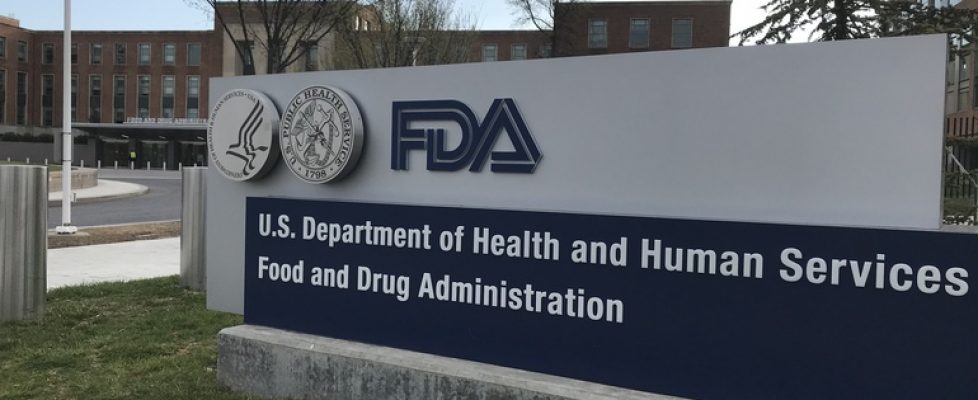FDA greenlights expanded remote patient monitoring to keep patients out of coronavirus-slammed hospitals
Dive Brief:
- FDA on Friday issued a policy to facilitate greater use of remote patient monitoring technologies to cut back on hospital visits and thereby minimize risk of exposure to COVID-19 while also reducing the burden on providers during the current crisis.
- The guidance document, effective immediately, is limited to the duration of the public health emergency and outlines modifications to the indications, claims, functionality, hardware and software of FDA-cleared non-invasive devices for tracking vital signs including body temperature, blood pressure, and respiratory and heart rates. One example of a change OK’ed under the policy might be allowing devices originally only cleared for healthcare settings in the home setting, FDA said.
- The data gathered via the devices can be used when healthcare providers diagnose or treat COVID-19 or co-existing conditions, FDA said.
Dive Insight:
The guidance document is one of several FDA has issued responding to COVID-19 in recent weeks. Others this week covered hand sanitizer preparation, conducting clinical trials during the pandemic, and new parameters for rapidly increasing diagnostic testing capacity.
The remote patient monitoring device guidance applies to non-invasive devices that can be connected to a wireless network through Bluetooth, Wi-Fi or cellular connection to transmit a patient’s measurements directly to their healthcare provider or other monitoring entity. Some of the devices have the potential to apply algorithms to turn a patient’s physiological data into an index or alarm that may aid in diagnosing or assessing the severity of a condition.
In making way for an increase in remote monitoring, FDA is waiving a limitation on clinical decision support (CDS) software to now allow for the development of products that can provide advice on diagnosing and treating the coronavirus, Epstein Becker & Green attorney Bradley Thompson said in comments shared with MedTech Dive.
In September, the agency published a revised draft guidance detailing plans for regulating CDS software that reflected industry feedback seeking a risk-based approach for the software, but which some argued did not go far enough. At the time, FDA indicated it would exempt from regulation software that is low risk, and focus oversight on technology that supports clinical management for serious conditions in which a healthcare professional cannot independently evaluate the basis of software recommendations.
“What FDA is doing in this emergency guidance is basically waving that September 2019 objection that CDS can only escape FDA regulation if it is both low risk and transparent. FDA is saying in this context, even though the risk is arguably higher, they will accept transparency. That’s a really good thing,” Thompson said in an email. Thompson is also part of the CDS Coalition, which advocates against over-regulation of clinical decision support software.

